The 3 R’s of the Engine Company – The Right Place [Part 3 of 3]
The Right Place
Now we have the right line for our fire conditions and we have determined the correct length that will enable us to reach the seat of the fire. Now we must determine the right place to put that line into operation.
We can ask ourselves three questions…
1) Where is the fire?
2) Where is it going?
3) What are we going to do about it?
The first line needs to be placed between the fire and any people that might be trapped by it. In most cases we do this by stretching the line to the front entrance of the building.
This enables us to accomplish a few things…
1) It allows us to confine the fire and begin to control it.
2) It allows any trapped occupants to use the front entrance for egress.
3) It protects the interior stairs of the building.
4) Allows firefighters to proceed above the fire for search.
5) In most cases the front entrance of a building gives us access to the entire interior layout.
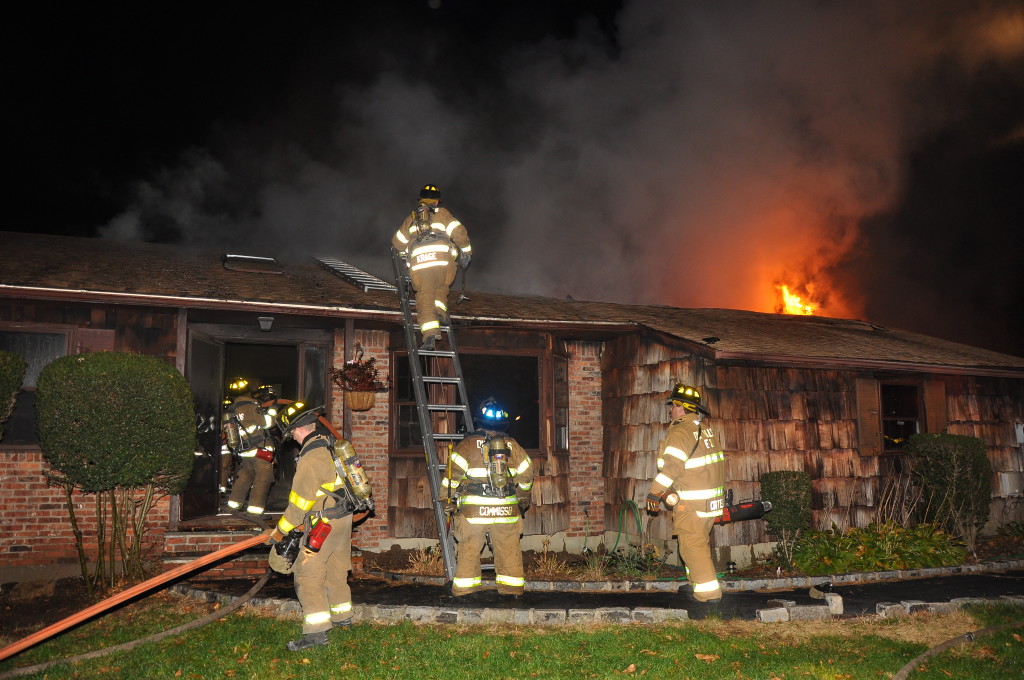
Selecting the “right place” is driven by multiple criteria, including victim location.
Photo Courtesy: Steve Silverman
Lyric Place; Dix Hills, NY
Making the attack
To make a smooth aggressive attack on the fire we need to make sure of a few things.
1) The line should be flaked out at the front entrance in line with the door. This enables the line to advance straight into the building and reduces any friction points or the risk of a coupling getting hung up if the line was stretched off to the side.
2) Bleed the line-open the bail of the nozzle ALL THE WAY when water is called for. Simply cracking the bail open to get the air out is not enough. Opening it all the way allows us to check the reach of the stream. If we have obstructed water flow (kinks, debris etc.) we will want to know that before we enter the building.
3) Look for floor layout-unless the smoke is banked to the floor get down low and take a peek as to what is inside. Once you open that line all visibility will be lost until adequate ventilation takes place. This will allow you to see where the stairs are, any furniture that is in your way and will facilitate a quicker advance once you are in the building.
4) Don’t crowd the nozzle-everyone wants to be up where the action is but in order for us to make an aggressive push on the seat of the fire we need to make sure the line moves quickly. The best way to do this is to spread our crew out on the line allowing us to move freely up or down stairs and around corners.
More lives are saved with a well placed hose line then any other action that we take on the fireground. In addition to occupant safety it allows us to preserve the most amount of property.
Quickly controlling and extinguishing a fire also protects firefighters that may be operating on the floor above or conducting a search in the immediate fire area. The best way to ensure the safety of everyone on the fireground is to extinguish the fire as quickly as possible.
By understanding and more importantly practicing the concepts covered here regularly your engine company will be capable and proficient in fire attack.


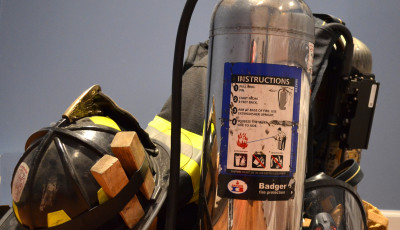
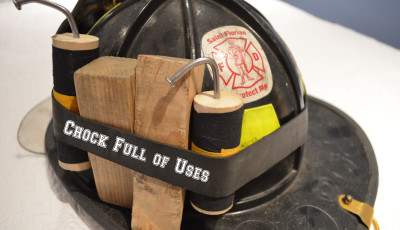
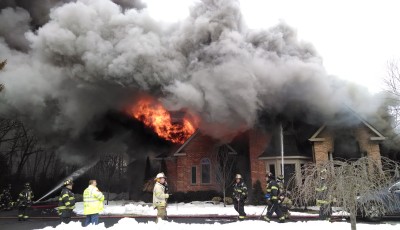
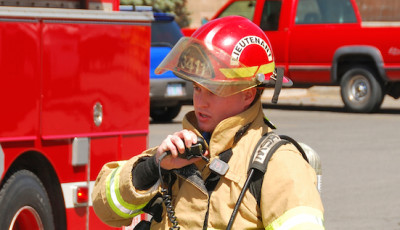
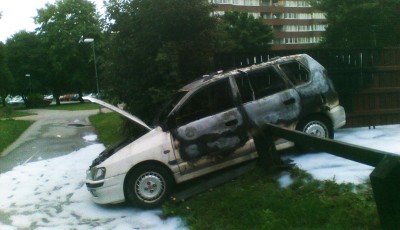
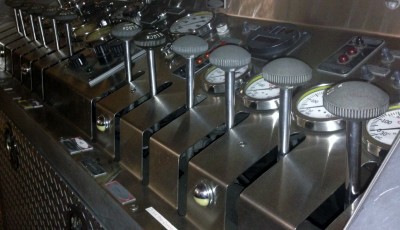
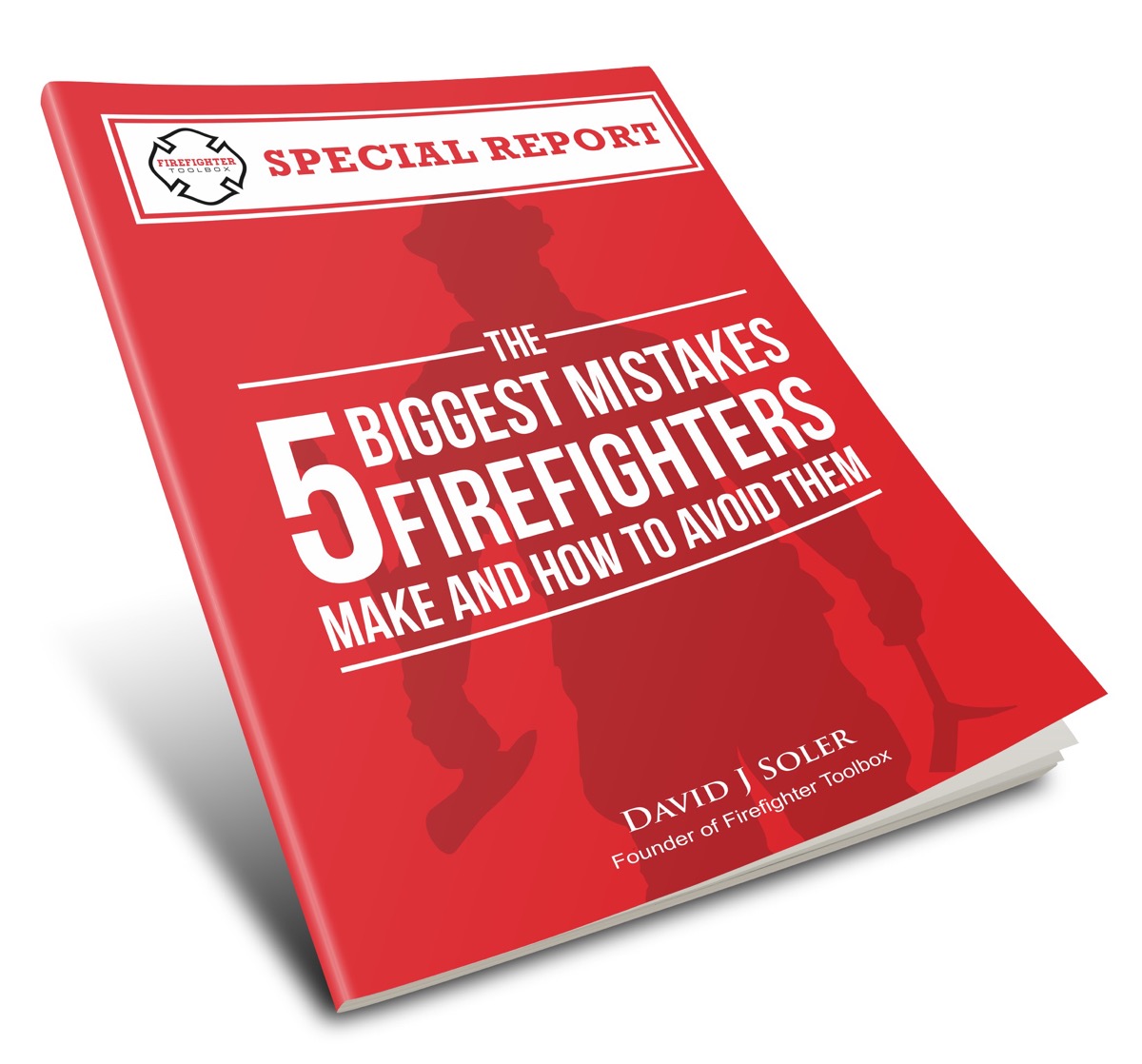
Great article brother! Far too often firefighters open the nozzle before getting a brief look at the layout of the interior and taking more of a beating than required! Good stuff!
Whose quint is in the picture. Nice set up.
Hi Kevin, thanks for the reply. That quint belongs to my department, if you would like to see more of the truck and how it is configured please read the following article. In part 2 it gives a detailed viewing of how each cabinet is set up. If you have any additional questions please feel free to ask, I can answer them for you easily enough.
https://firefightertoolbox.com/quint-essential/
Stay Safe,
Rob
Very well article and will be using the ADULTS in an upcing class. Great stuff!
Thanks for the comment Matthew, if you have any further questions please feel free to contact me.